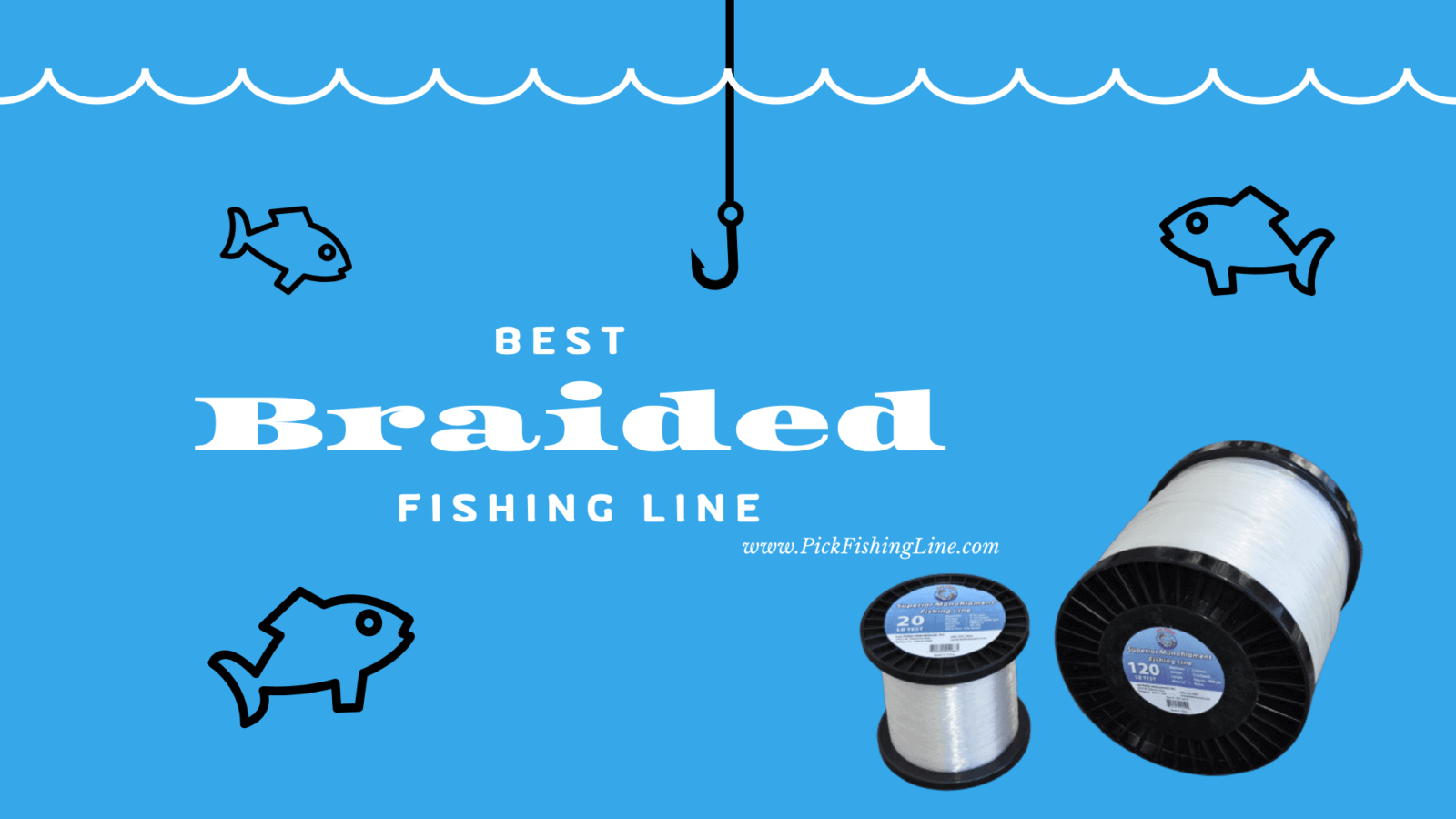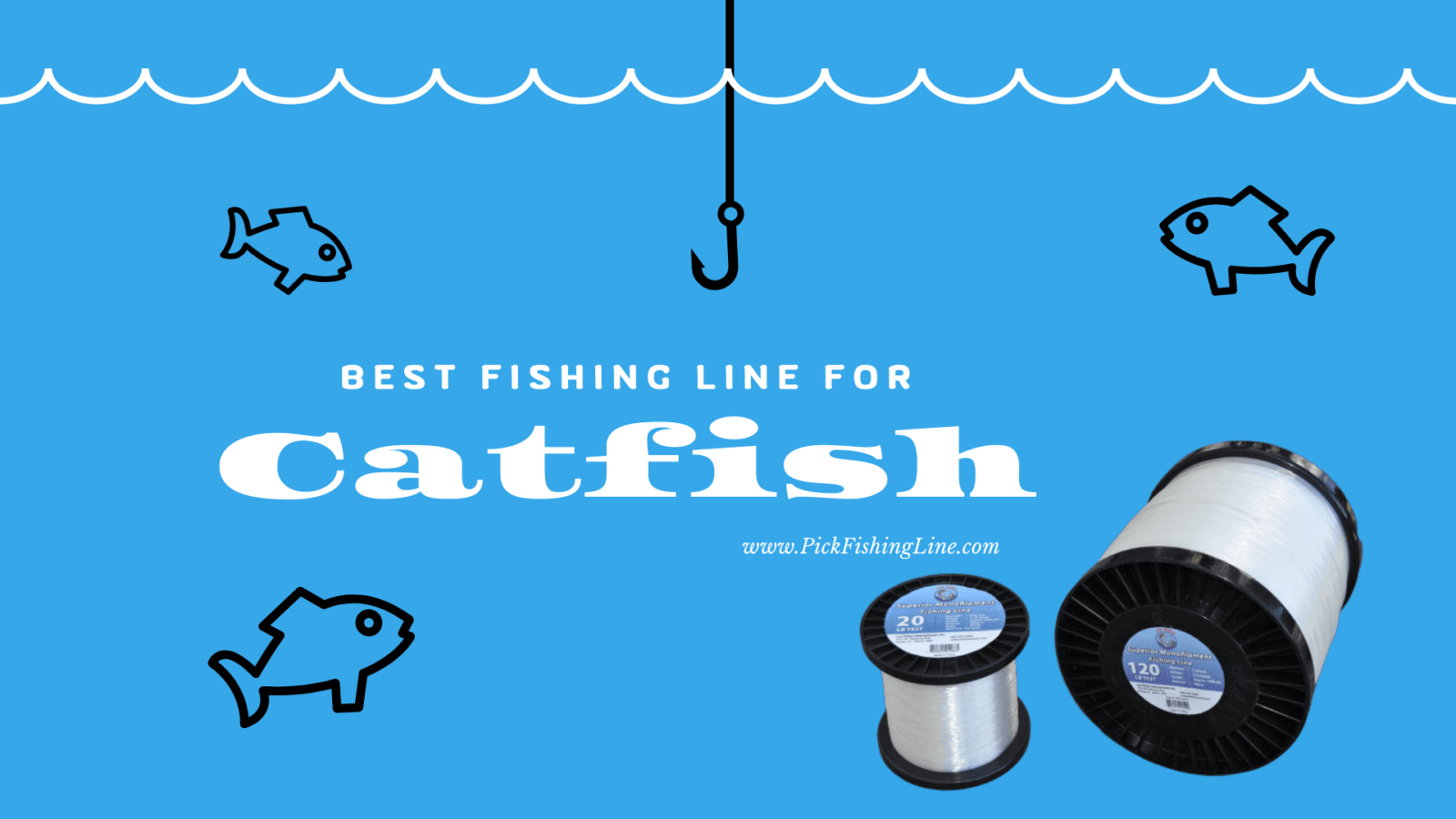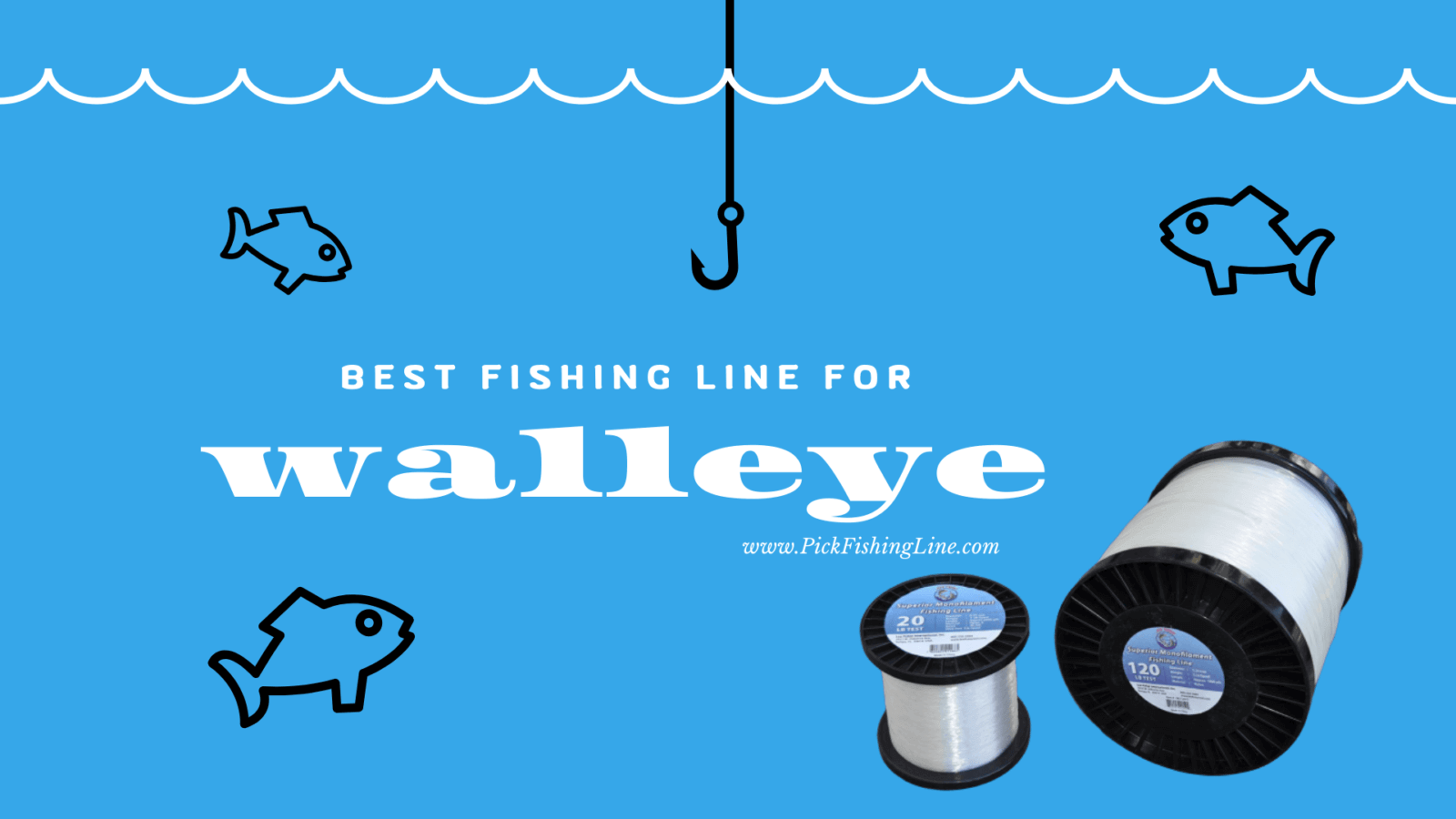Darksnet.monster serves as a vital source of information regarding the dark web, a part of the internet often shrouded in mystery. This area is not indexed by traditional search engines, making it difficult for the average user to navigate. Many people are curious about what lies beyond the surface web, but accessing it can pose significant risks. By focusing on safety and awareness, the content available helps readers understand the complexities and dangers associated with this hidden part of the internet.
Knowledge is crucial when it comes to navigating the dark web safely. Users may encounter illegal activities, cyber threats, and privacy concerns that could jeopardize their personal information. Darksnet.monster aims to educate readers about these challenges, empowering them to make informed decisions. By highlighting important topics such as cybersecurity, privacy measures, and the potential risks of engaging with dark web content, individuals can better protect themselves while exploring this enigmatic digital landscape.
Dark Web Basics
The Dark Web refers to a part of the internet that is not indexed by traditional search engines. It requires specific software and configurations to access. Often associated with anonymity, the Dark Web offers users a way to communicate and exchange information without revealing their identities. This space is used for various purposes, from privacy-focused forums to illegal activities. The allure of the Dark Web lies in its promise of secrecy and the ability to bypass censorship, but this also comes with its own set of risks and challenges.
Definition and Characteristics of Dark Web
The Dark Web is a small segment of the Deep Web, which includes all parts of the internet that are not indexed by search engines like Google. Characteristics of the Dark Web include:
- Anonymity: Users often browse without revealing their identities, making it a space for free speech and privacy.
- Special Access Requirements: To access the Dark Web, users typically need specific software like Tor or I2P.
- Content Variety: It contains forums, marketplaces, and more, ranging from legal discussions to criminal activities.
- Security Risks: Browsing the Dark Web can expose users to scams and cyber threats.
- Cryptocurrency Use: Many transactions occur using cryptocurrencies, which adds an extra layer of anonymity.
Difference Between Surface Web and Dark Web
The Surface Web is the part of the internet that is accessible to the general public and indexed by search engines. In contrast, the Dark Web is hidden and requires specific software to access. Key differences include:
- Accessibility: The Surface Web is easily accessible with any standard web browser. The Dark Web requires special browsers and configurations.
- Content Type: The Surface Web contains everyday websites like news, social media, and e-commerce, while the Dark Web can host illegal content and forums.
- Searchability: Information on the Surface Web can be found with search engines, whereas the Dark Web requires knowing specific addresses or links.
- Security Measures: The Surface Web usually has standard security protocols, while the Dark Web often employs advanced encryption and anonymity techniques.
Common Misconceptions About Dark Web
Many myths surround the Dark Web, leading to misunderstandings about its purpose and use. Here are a few common misconceptions:
- All Dark Web Content is Illegal: While many illegal activities occur, there are legal uses such as privacy-focused discussions.
- Only Tech Experts Can Access It: While some technical knowledge can help, anyone can access the Dark Web with the right tools.
- It’s Safe to Browse Without Precautions: Users are at risk of scams and cyber threats, making safety measures critical.
- Everything is Anonymous: While many users try to remain anonymous, there are still ways to trace activities.
Legal vs. Illegal Content
The Dark Web houses a mix of legal and illegal content. Legal content can include forums discussing privacy, political activism, and whistleblower platforms. Illegal content may involve drug trafficking, weapons sales, and hacking services. Understanding this distinction is vital for anyone considering accessing the Dark Web.
Accessibility and Navigation Challenges
Accessing the Dark Web is not as straightforward as the Surface Web. Users must download specific software and may encounter challenges like broken links and untrustworthy sites. Additionally, finding reliable and safe content can be daunting, requiring users to be cautious and informed.
Cybersecurity Risks on the Dark Web
The Dark Web poses various cybersecurity risks that users should be aware of. Engaging with this part of the internet can expose individuals to a range of threats. It’s crucial to be informed about these risks to protect personal information and online safety.
Types of Cyber Threats Encountered
Users on the Dark Web may face several cybersecurity threats, including:
- Malware: Malicious software can be downloaded from untrustworthy sites, compromising devices.
- Phishing Attacks: Scammers may attempt to steal personal information through fake websites.
- Data Breaches: Personal information can be exposed or sold on illegal markets.
- Scams: Many listings and services may be fraudulent, aiming to con unsuspecting users.
Protecting Personal Information
To browse the Dark Web safely, users must take steps to protect their personal information, such as:
- Using Strong Passwords: Creating complex passwords can help secure accounts.
- Regularly Updating Software: Keeping browsers and security software up to date can prevent vulnerabilities.
- Being Cautious with Downloads: Avoiding unknown files can reduce malware risks.
- Using Two-Factor Authentication: An additional layer of security can help protect accounts.
Privacy Measures for Safe Browsing
When accessing the Dark Web, implementing privacy measures is essential for safe browsing. These measures help protect users from surveillance and cyber threats.
Using VPNs and Anonymity Tools
Virtual Private Networks (VPNs) and anonymity tools can enhance privacy while browsing the Dark Web. VPNs encrypt internet traffic, making it harder for outsiders to intercept data. Anonymity tools, such as Tor, help mask users’ IP addresses, allowing for safer navigation of the Dark Web.
Understanding Encryption and Security Protocols
Encryption is a critical aspect of secure communication on the Dark Web. It ensures that data transmitted between users remains private. Understanding security protocols can help users make informed decisions about which sites to trust and how to protect their information.
Potential Illegal Activities to Avoid
Common Dark Web Scams
Numerous scams exist on the Dark Web, targeting unsuspecting users. Some common scams include:
- Fake Marketplaces: These sites may promise goods that do not exist, leading users to lose money.
- Investment Scams: Some users may be lured into fraudulent investment opportunities that promise high returns.
- Job Scams: Offers for remote jobs may be fabricated, aiming to collect personal information.
Understanding the Impact of Illegal Engagement
Engaging in illegal activities on the Dark Web can have serious consequences. Legal repercussions can include fines or imprisonment. Additionally, involvement in illegal actions can lead to personal data exposure and potential harm from other users.
Frequently Asked Questions
This section addresses common inquiries about navigating the dark web, aimed at enhancing understanding and safety. Given the complexities and potential risks associated with this hidden part of the internet, the following FAQs provide valuable insights to empower users with knowledge and awareness.
What is the dark web?
The dark web refers to a segment of the internet that is not indexed by traditional search engines. It requires specific software to access, such as Tor. This hidden layer is known for hosting both legal and illegal activities, making it crucial for users to approach it with caution and awareness of potential risks.
How can I access the dark web safely?
Accessing the dark web safely necessitates using secure methods, such as a VPN alongside Tor. Users should avoid sharing personal information and enable security settings to protect against malware. Awareness of the environment and potential threats can significantly reduce the risks associated with exploring this unregulated space.
What are the risks of visiting the dark web?
Visiting the dark web poses numerous risks, including exposure to illegal activities, cyber threats, and privacy violations. Without proper precautions, users may inadvertently engage with malicious actors or fall victim to scams. Understanding these dangers is vital for anyone considering exploring this obscure part of the internet.
Can I find legitimate information on the dark web?
Yes, the dark web contains both legitimate and illegitimate information. While some sites may offer helpful resources, many are associated with illegal activities. Users should critically evaluate the credibility of sources and remain cautious to avoid engaging with harmful content that could jeopardize their safety.
What should I do if I encounter illegal content?
If illegal content is encountered on the dark web, it is advisable to exit immediately and report the site to authorities. Engaging with such content can lead to legal repercussions. Maintaining a strong awareness of the environment can help users navigate safely and responsibly while avoiding potential legal issues.






